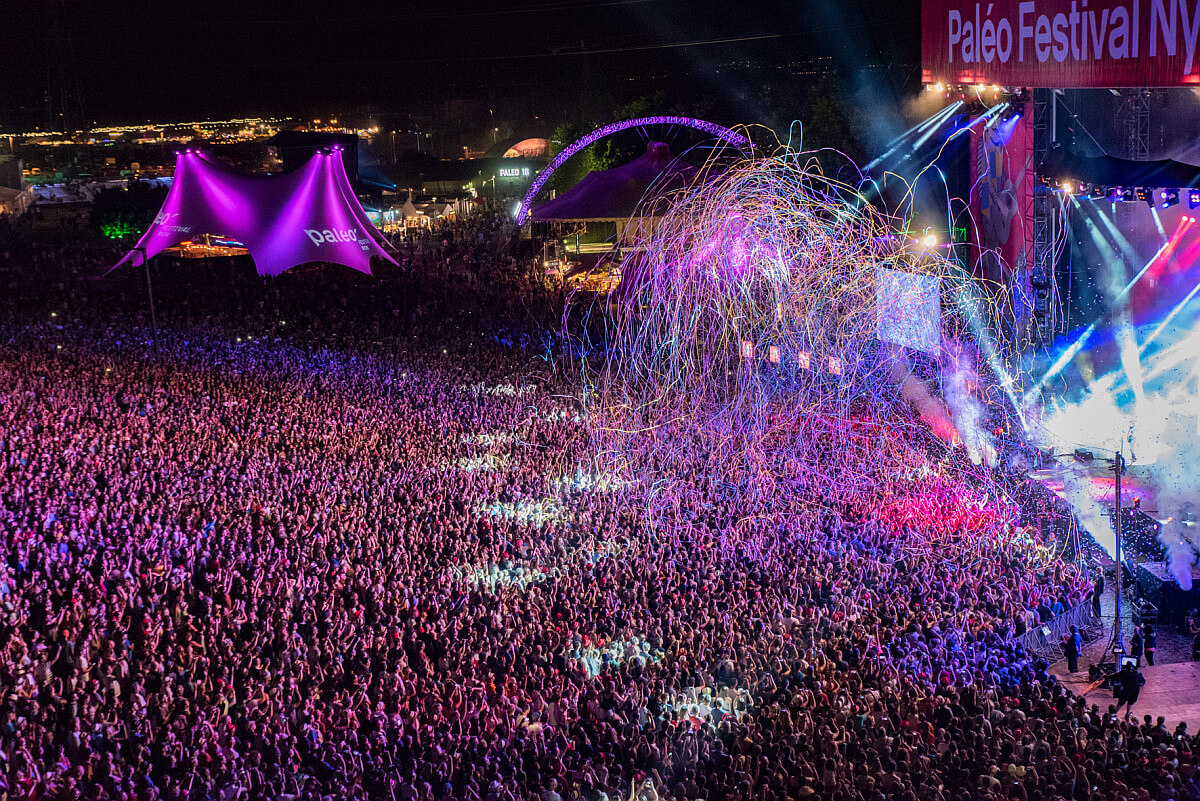Here are the essential technological tools to digitize a point of sale

From easy payment to an optimized customer experience, what technologies should you turn to to equip yourself?
What are the best digital payment solutions (such as contactless, mobile payments) to integrate?
Digital payment solutions are essential for a smooth and modern customer experience. Here are some of the best options:
- Contactless payment (NFC) : NFC (Near Field Communication) compatible payment terminals allow customers to pay by simply bringing their bank card or smartphone close to the terminal. This speeds up transactions and improves cash register efficiency.
- Mobile payment : Digital wallets like Apple Pay, Google Pay, and Samsung Pay allow customers to pay via their smartphones or smartwatches, which is convenient and secure thanks to technologies like tokenization.
- QR codes and in-app payments : Some retailers integrate QR code payment systems, where customers scan a code with their smartphone to finalize their purchase, often via a dedicated mobile application. It is a popular solution in Asia and increasingly adopted elsewhere.
- Online payment in store : Offering the possibility of paying online, even in store, allows customers to choose the payment method they prefer. Platforms such as PayPal, Klarna (payment in several installments), or Afterpay (buy now, pay later) are options to consider.
What customer data analysis tools can be deployed in-store?
Analyzing customer data is crucial for understanding buying behaviors and personalizing the customer experience. Here are the essential tools:
- CRM (Customer Relationship Management) systems : These tools collect and analyze customer data, allowing better understanding of preferences and buying behaviors. Solutions like Salesforce, HubSpot, or Microsoft Dynamics CRM are very common.
- IoT beacons and sensors : Beacons are small devices that use Bluetooth technology to interact with customers' smartphones when they are nearby. They make it possible to follow the customer journey in store and to send personalized offers in real time.
- Smart cameras and video analytics : These cameras use AI to analyze customer behavior, such as time spent in certain areas of the store or products handled but not purchased. They provide valuable insights to optimize store layout and product offerings.
- Analytical dashboards : Solutions like Google Analytics for Retail, Tableau, or Power BI make it possible to visualize and interpret data collected through various touchpoints in stores, thus facilitating data-based decision-making.
How can technologies like AI, IoT, or augmented reality be integrated into stores?
- Artificial intelligence (AI) :
- Personalized recommendations : AI can analyze purchase data in real time to offer personalized product recommendations via interactive terminals or mobile applications in stores.
- Chatbots and virtual assistants : These tools can help customers find products, answer frequently asked questions, or even manage online orders directly in-store.
- Demand forecasting and inventory management : AI helps to predict consumer trends, thus optimizing inventory management and avoiding stockouts.
- Internet of Things (IoT) :
- RFID tags : RFID (Radio Frequency Identification) tags allow accurate monitoring of stocks in real time, improving inventory management and product availability.
- Smart shelves : These shelves equipped with IoT sensors can automatically alert employees when a product is out of stock or incorrectly positioned.
- Customer flow sensors : IoT sensors can track customer movements in the store, providing data on the busiest areas, which helps optimize store layout. Learn more
- Augmented Reality (AR) and Virtual Reality (VR) :
- Virtual Try-On : Virtual mirrors allow customers to try on clothes or accessories without physical contact, using augmented reality to superimpose items on their image in real time.
- Product visualization : Augmented reality can be used to allow customers to visualize how furniture or decor would fit into their home, directly from the store.
- Immersive experiences : Virtual reality can offer immersive shopping experiences, such as virtual store tours or product demonstrations in simulated environments.
Conclusion
The digitalization of a point of sale is based on the integration of various technologies that not only improve operational efficiency, but also enrich the customer experience. Digital payment solutions, customer data analysis tools, and advanced technologies like AI, IoT, and augmented reality are essential for creating a modern, responsive, and competitive retail environment.
Latest articles
Stay up to date with everything that's going on at Technis: product news, articles, and tutorials.







.jpg)
